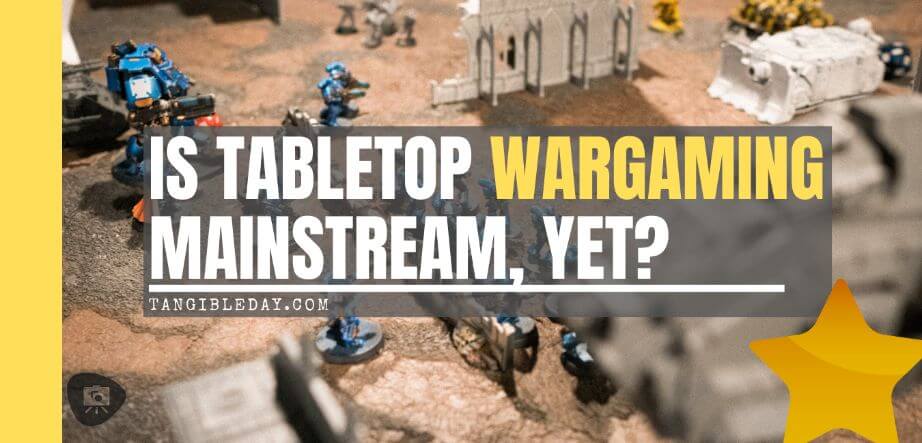How popular is miniature tabletop wargaming nowadays? Well, an easy to way to know if something has reached mainstream culture is to see what’s on TV. At some point, you’ll notice your favorite hobby turning up in the most unlikely of places. When that happens, you know that your hobby has gone mainstream.
In this article, I’ll be discussing the recent uptick in miniature tabletop wargaming’s popularity and what might be driving this new wave of interest.
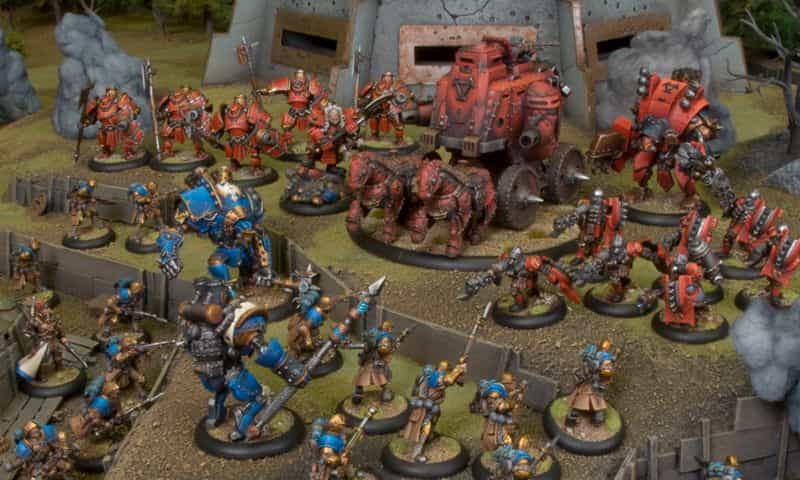
How Do You Know Your Hobby is Popular?
When a game of Dungeons & Dragons (D&D) first appeared in the ET film in 1982 all the “nerds” rejoiced! It wasn’t just a one-off either as Dungeons & Dragons has continued to make appearances in TV shows and films over the years. Of course, there’s the cultural phenom, Stranger Things.
RELATED: WHAT IS TABLETOP GAMING? (20 POPULAR MINIATURE WARGAMES)
And, I could go on and on with other favorite examples including The Big Bang Theory, Community, The League, It’s Always Sunny in Philadelphia, and even an episode of Parks & Recreation. So, D&D has hit the big time!
If I dare say, D&D has become “cool.” My colleagues at work and even those older curmudgeon professor-types know what D&D is. It has infiltrated the mainstream and become popular culture.

Now, I’m not saying that all of a sudden everyone is playing D&D. The game still has a bit of an underground or “geeky” reputation. But, the fact that it’s on TV and in films so often is a great sign for the upcoming nerds of the future.
And, if D&D is cool, then that must mean that miniature tabletop wargaming is becoming popular too, right?
How Popular is Miniature Wargaming?
In contrast to D&D or other TTRPGs, miniature wargames don’t have the same visibility in popular culture. I think this is for a few reasons.
First, minis games are more expensive than TTRPGs. Second, they require more of an investment in terms of time to set up and paint the miniature figures. Third, they generally need more players to be enjoyable.
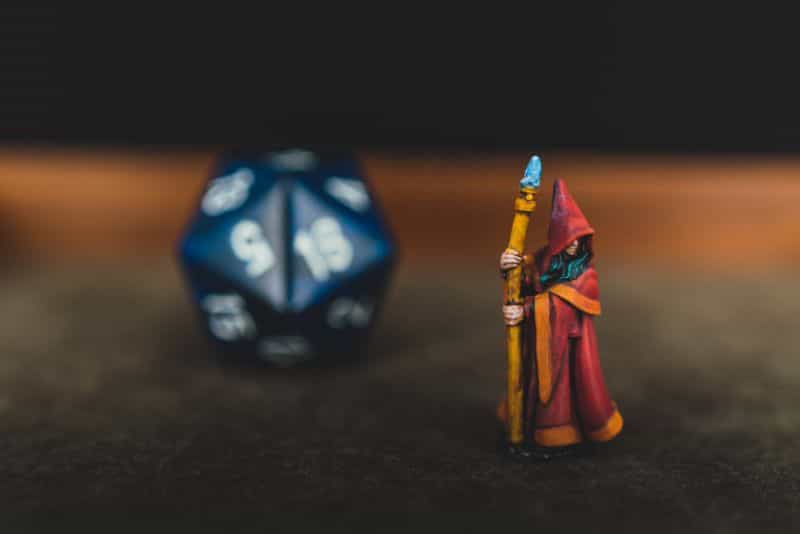
And, it’s not the number of players in a single session, but the amount of people in a community who engage in the same tabletop wargame that allows the hobby to grow and stabilize.
For these community, club-sized based gaming groups for miniature wargaming, such as Warhammer 40k, it has been more difficult to get out into the mainstream media…because, well, it’s actually too big of a hobby!
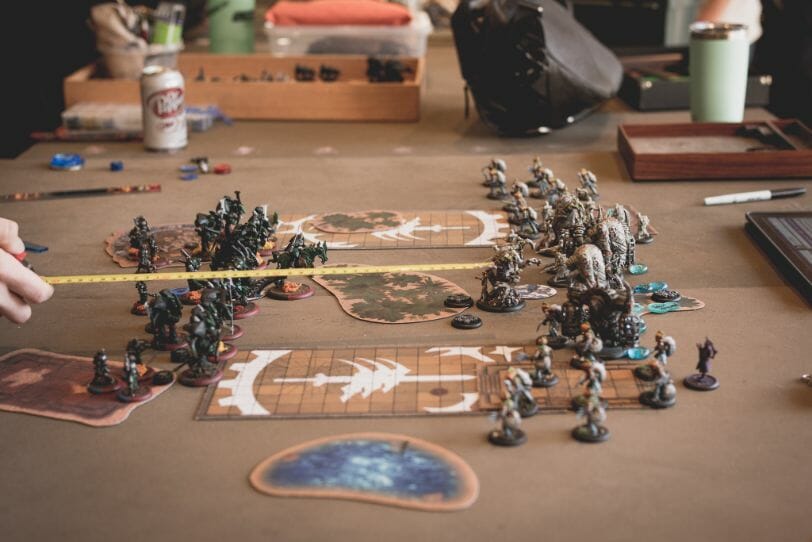
So, while we don’t see miniature wargaming in TV and films as much as TTRPGs, e.g., DND, the hobby is still growing. In the US alone, the tabletop wargaming industry was worth $1.4 billion in 2019. And, it’s estimated to grow exponentially year over year.
That’s a lot of money and a lot of people playing these games!
What’s Causing the Resurgence in Popularity?
It could be a number of things. Perhaps, it’s the popularity of shows like Stranger Things or The Big Bang Theory that have helped TTRPGs to become more popular and, as a result, miniature wargaming.
It could also be the release of new editions or iterations of existing miniature wargames. For example, Warhammer Age of Sigmar was released within the past few years to much fanfare within the Warhammer community.
Other miniature games from independent, small business ventures starting from the ground level continue to popup on Kickstarter, the popular crowdfunding site.
Even the third-party DIYers have gotten into the mix on Etsy, creating miniature gaming terrain, accessories, and even custom sculpts through 3D modeling and printing technology.
It could also be that people are just looking for something different to do in their spare time. With the rise of digital and online hobbies, some might be longing for a more tactile or real-life hobby and so they turn to miniature wargaming.
Whatever the reason, it’s clear that miniature wargaming is here to stay and it’s only getting more popular!
Other Evidence for the Popularity of Miniature Tabletop Gaming
Let’s just say there have been academic studies about wargaming in recent years that are quite interesting!
For example, one study found that wargaming can help people to develop “21st-century” skills such as critical thinking, problem solving, and teamwork. Even we explored the utility of how tabletop gaming can be benefit to those living with post-traumatic stress disorder (PTSD).
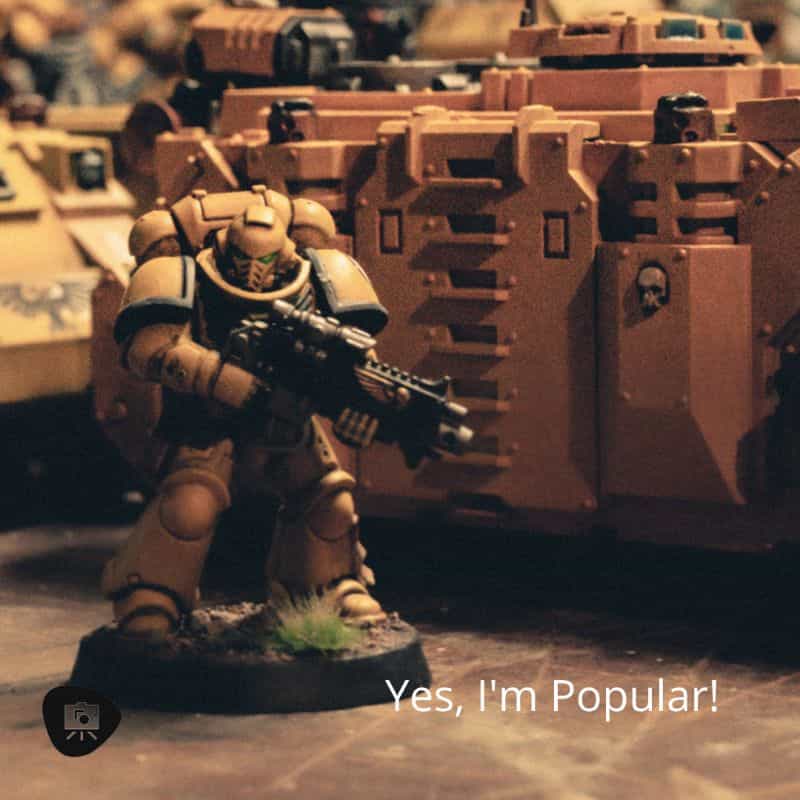
So, not only is miniature wargaming popular, but it’s also gaining traction as a tool for learning, self-development, and personal growth.
This is likely just the tip of the iceberg in terms of the potential for miniature tabletop gaming. So, if you’re looking for a new hobby or activity to get into, don’t discount miniature wargaming.
It’s pretty challenging to study the popularity of any hobby
I’ll note that there haven’t been many studies that actually reveal how popular the overall hobby of tabletop gaming is. In fact, the closest kind of data you may find is through the sales data that each big game company collects.
Of course, this information is closely guarded since it’s seen as a competitive advantage. Still, we can get some insights by looking at the sales data of popular miniature wargames.
For example, in 2017 it was estimated that Warhammer 40k brought in $1 billion USD in revenue for Games Workshop. That’s just one game!
Another study found that Warmachine/Hordes, another miniature wargame, was the fifth most popular game in terms of revenue in North America–though I think some of this data is obsolete.
Clearly, there’s a lot of money being brought in by the miniature tabletop gaming industry and this is just a snapshot of two games!

And, yet, any insights in the mainstream culture will depend on where you look, who you ask (or what population you sample), when you do this study (e.g., the early 2000’s versus 2020’s), and what criteria you use to define “popularity.”
For example, if we looked at the number of people playing a particular game, then chess would be far more popular than any miniature wargame. But, if we looked at the revenue generated by each game, then miniature wargaming would come out on top.
How Do You Explain the Miniature Wargaming Hobby to the Non-Gamer?
Well, most of my close relatives and even friends who don’t play miniature wargames think I’m a little bit strange for enjoying the hobby.
They don’t understand why anyone would want to spend hours upon hours building and painting tiny models, coming up with strategies to beat an opponent, and spending (sometimes a lot of) money on what is essentially a “toy.”
I usually end up throwing up my proverbial hands, saying that: “miniature tabletop gaming is like chess, but with dice.” Sometimes the response I get just enforce the fact they don’t get it.
These are some common responses to my attempts at describing the hobby to non-gamers:
- “Why not play chess, then?”
- “Isn’t there a video game that does that?”
- “It sounds so complicated.”
Ugh. I’ve fallen short.
It’s not baseball, tennis, or even golf (which you need to play to understand). Tabletop gaming has way more depth, and substance than beyond what you see at the surface. How do you explain the wargaming hobby?
Television and Movies: The Best Route to Explain All-Things-Eccentric
Maybe, we go back to the beginning and describe D&D, the more popular and mainstream tabletop RPG. From there, we can transition into a word about miniature wargaming by describing the similarities and differences.
Certainly, anything on TV, streaming internet shows, e.g., YouTube, and movies are how we describe things in today’s society. And, so the best way I think we can communicate our hobby is through these mediums.
Although the show is no longer on TV, The Big Bang Theory is still one of the most, if not the most, popular “Geek Culture” shows in recent years. It’s a show about nerds, by nerds, for nerds.
Sheldon, Leonard, Raj, and Howard are all characters that some of us in the miniature wargaming community can easily identify with. They’re all super-intelligent, but socially-awkward individuals–okay, not all of us are socially-awkward, but many of us are introverts.
Maybe. Wow, I’m totally stereotyping nerds here. That’s not cool, sorry. Anyway, back to the point!
What’s important to note is that The Big Bang Theory does a great job at normalizing eccentric behavior. And, by showing that even the “weirdest” people can have successful careers, meaningful relationships, and be happy, it helps break down barriers and stereotypes.
What’s more, is that the show does a great job of normalizing their eccentricities for the mainstream audience.
And, that’s really what we need to do for the miniature wargaming hobby. We need to find a way to reveal how it’s a normal hobby activity, as much so as reading a book, going for a run, playing poker in the kitchen, or simply watching television.
Miniature wargaming hobby is not some dark, dank basement activity; rather, it is a social game that can be enjoyed by anyone who wants to have some fun.
Final Thoughts
Indeed, the miniature tabletop gaming hobby is super-duper popular. Millions enjoy it! But, depending on what games you’re playing, it can be more popular than others.
Many more will recognize Warhammer 40k than Malifaux, or even a game of Infinity. Certainly, as the hobby continues to grow–and as younger audiences get more involved through sponsored adults, e.g., parents and relatives, friends–and with the advent of social media, I think it’s only a matter of time before miniature tabletop games become as recognized as a typical board game, e.g., Monopoly.
But, in the meantime, we should continue to do our part in explaining the hobby and how awesome it is in the most relatable way possible.
What do you think? How do you explain the miniature wargaming hobby to the non-gamer? How are you helping to grow the hobby?
Let me know in the comments below. Thanks for reading!

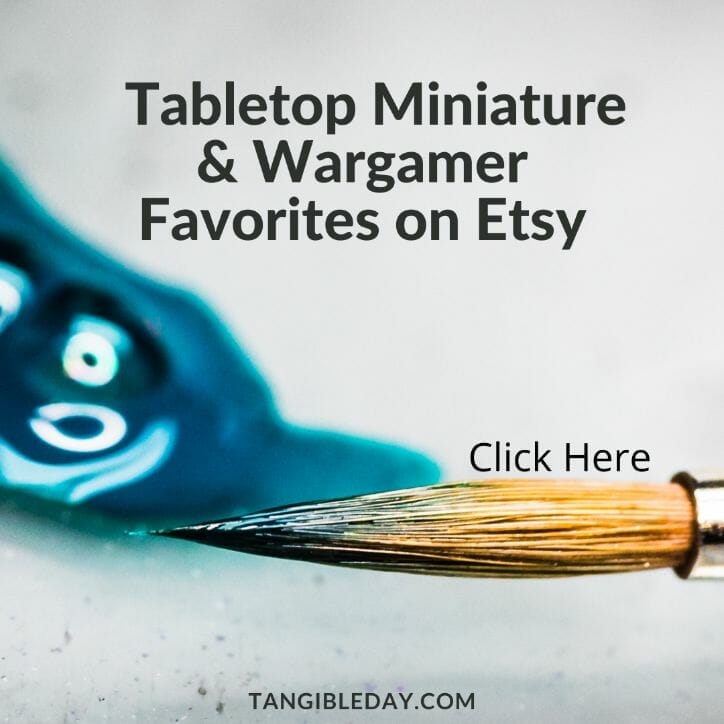



Tangible Day on YouTube (Miniatures and More!)

